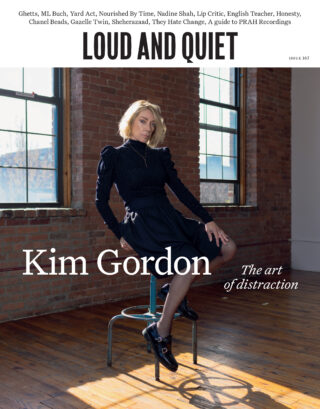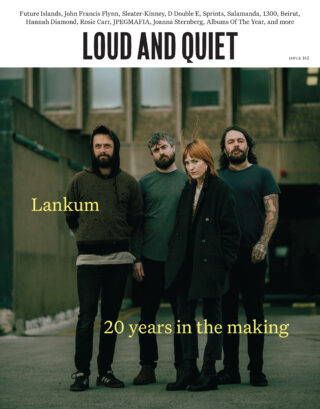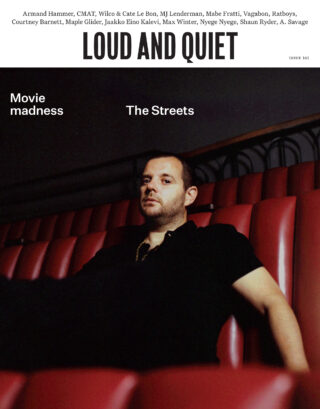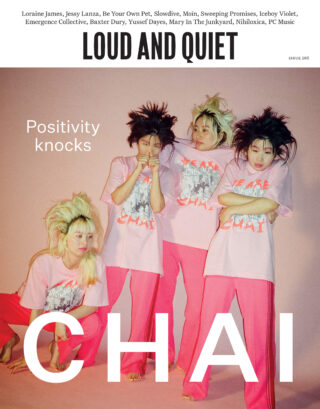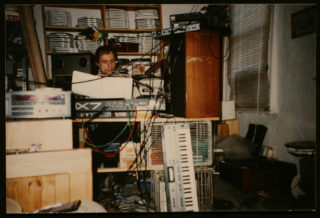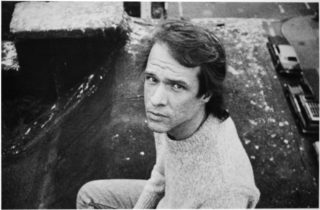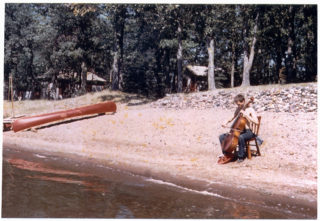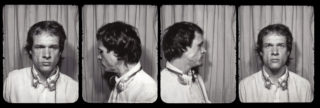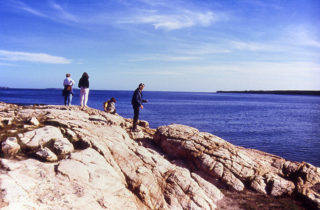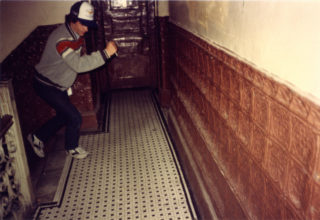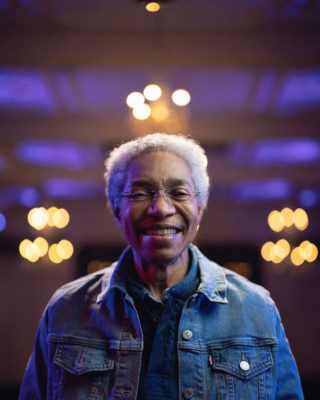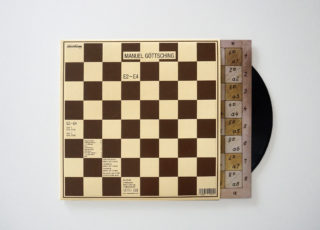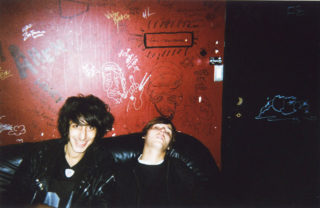“I was one of many young adults who came to New York then, and maybe it was a Zeitgeist, but we felt free to find ourselves through creative and boundary-crossing activity, often with a foolish disregard for the necessity of earning a living,” Zummo tells me. “Of course, we were encouraged by the inspired generation – or half-generation, really – that preceded us: John Cage and his contemporaries among the musicians and composers, experimental dance, performance art, Fluxus, rock and roll, free jazz, Latin jazz, and the best and worst of mass media. At that time, though, the city itself was more the enemy than a civilised infrastructure for culture. Manhole-cover explosions in the street could spoil your lunch. Electrical blackouts and subway fires could spoil your whole day. However, the number of young artists was probably at least an order of magnitude lower than it is today, so we had a chance.”
Similarly, Tom Lee, Russell’s partner, recalls a magic in the air around that period. Reflecting on a Talking Heads concert that was the pair’s first ever date, he says: “As with many things, Arthur made casual mention that Ernie (bass player with The Flying Hearts) could get us into the Central Park show, probably part of the ‘Summerstage’ series of concerts, of The Talking Heads and B52s, who were both so hot then, the summer of ’78. We went and I remember being fairly close and star struck, thinking my friends were not going to believe this, but at the same time, I wasn’t exactly ‘out’ with all my friends, and so I thought about that side of things, too. It turned out that Arthur wasn’t ‘out’ to his musician friends as well. Nonetheless, word was that there was an after party at the Mudd Club and we could get in. Again, Arthur was not so good with leaning on others or taking advantage of social situations so we were relying on Ernie, or maybe someone from Sire Records, to get us in. So, we got in and it was so crowded that it was kind of a bust. That said, I was floating on air walking home along Lafayette Street to either mine or Arthur’s apartment afterwards.”
Whilst dabbling with a variety of collaborative musical experiments, “we shared an interest and background in Indian, Western classical, electronic, pop, rock, conceptual, jazz and other music, as well as in other media,” says Zummo. “We spent many afternoons sight-reading Christian Wolff’s Exercises in a basement rehearsal studio. We made crazy recordings and discussed aesthetics.”
